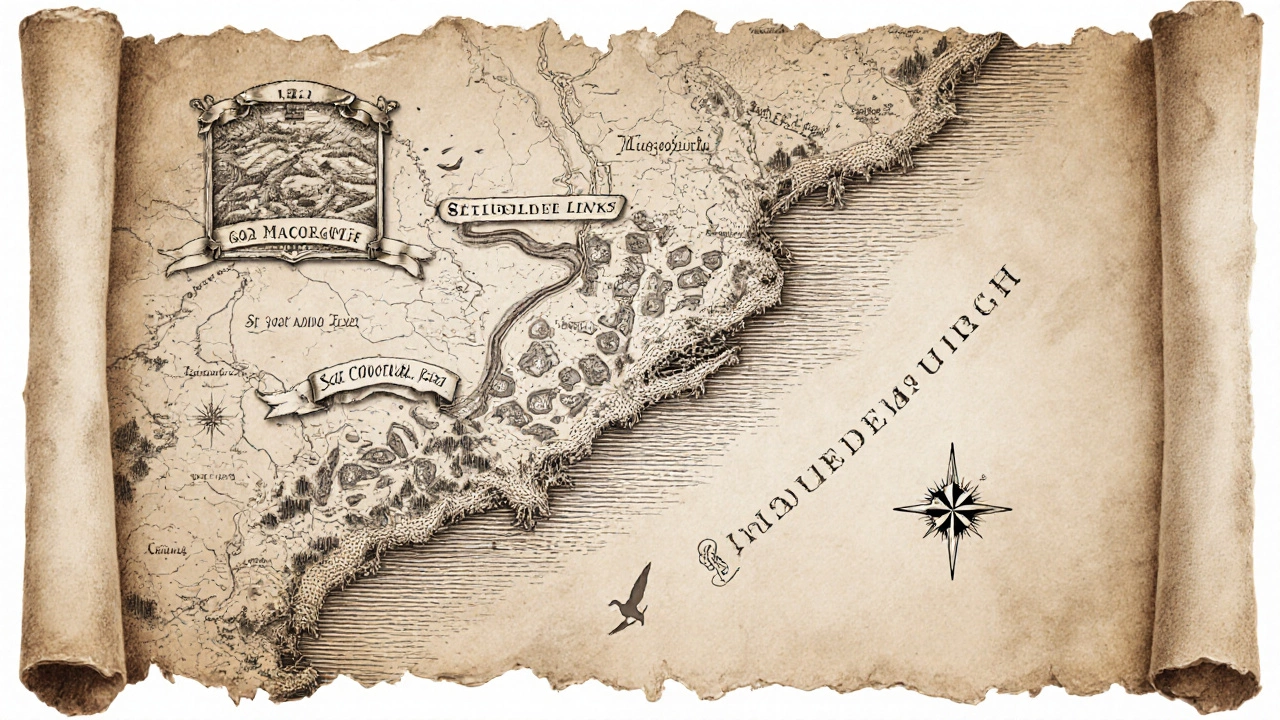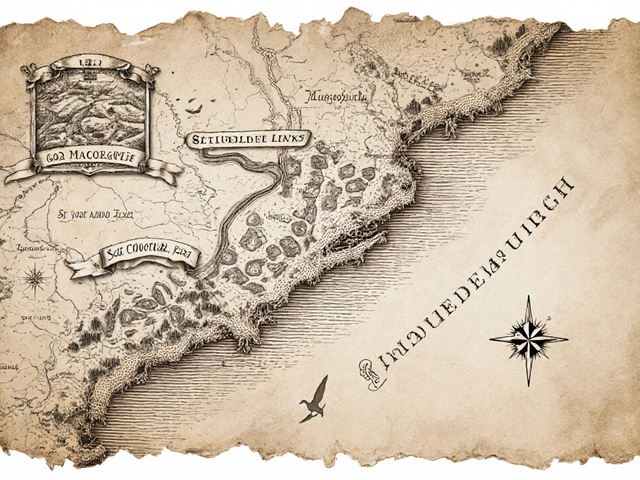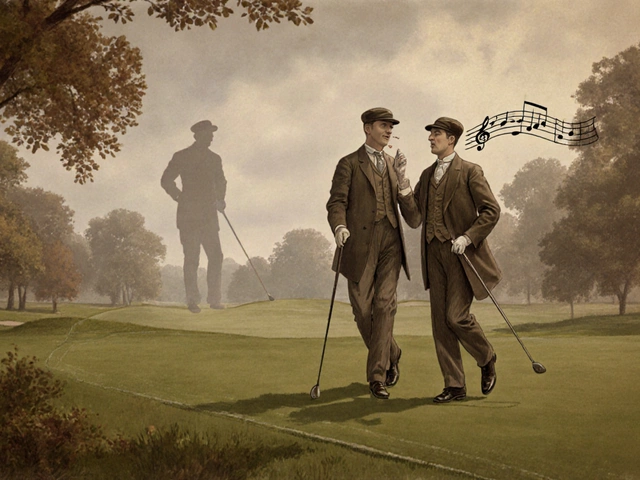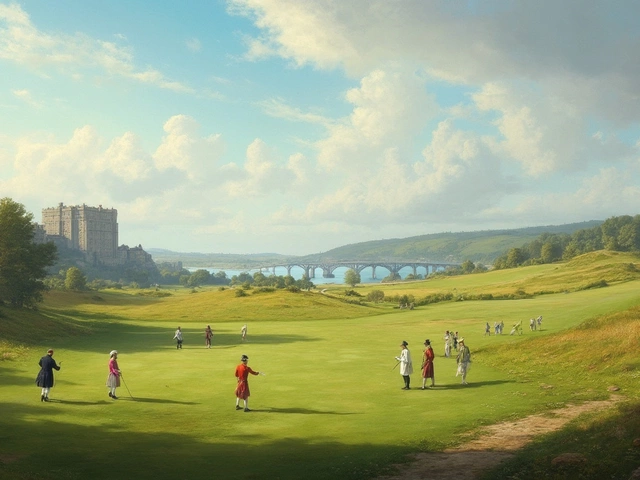Quick facts
- The title of "oldest golf course" is hotly contested.
- St Andrews Links in Scotland claims origins back to the 15th century.
- Musselburgh Golf Club says its first documented round was in 1672.
- Both courses still host regular play and major tournaments.
- Visiting either site lets you walk the same fairways as legends like Old Tom Morris.
Why the hunt for the oldest course matters
The search for the oldest golf course isn’t just trivia - it shapes how we view the sport’s roots, impacts tourism, and guides preservation efforts. When you understand which fairway truly came first, you also learn how golf spread from a local pastime to a global game.
What "oldest" really means
In golf‑history circles, "oldest" can refer to three things:
- First documented playing of golf on a specific piece of land.
- First formal establishment of a club that owned or maintained the ground.
- Continuous operation as a golf venue without a long‑term break.
Because records from the 1400s are sparse, historians weigh all three criteria. That’s why two Scottish sites keep swapping the crown.
St Andrews Links - the iconic claimant
St Andrews Links is a historic collection of seven public courses on the east coast of Scotland, anchored by the world‑famous Old Course. The site’s first known reference to golf appears in a 1552 charter granted by King James V, which allowed locals to play “on the Links of St Andrews.” While the modern Old Course layout dates to the 19thcentury, its underlying land has hosted golf for over five centuries.
The Royal and Ancient Golf Club, founded in 1754, administers the championship rules that govern the sport worldwide. That club’s presence adds another layer of historic weight to St Andrews.
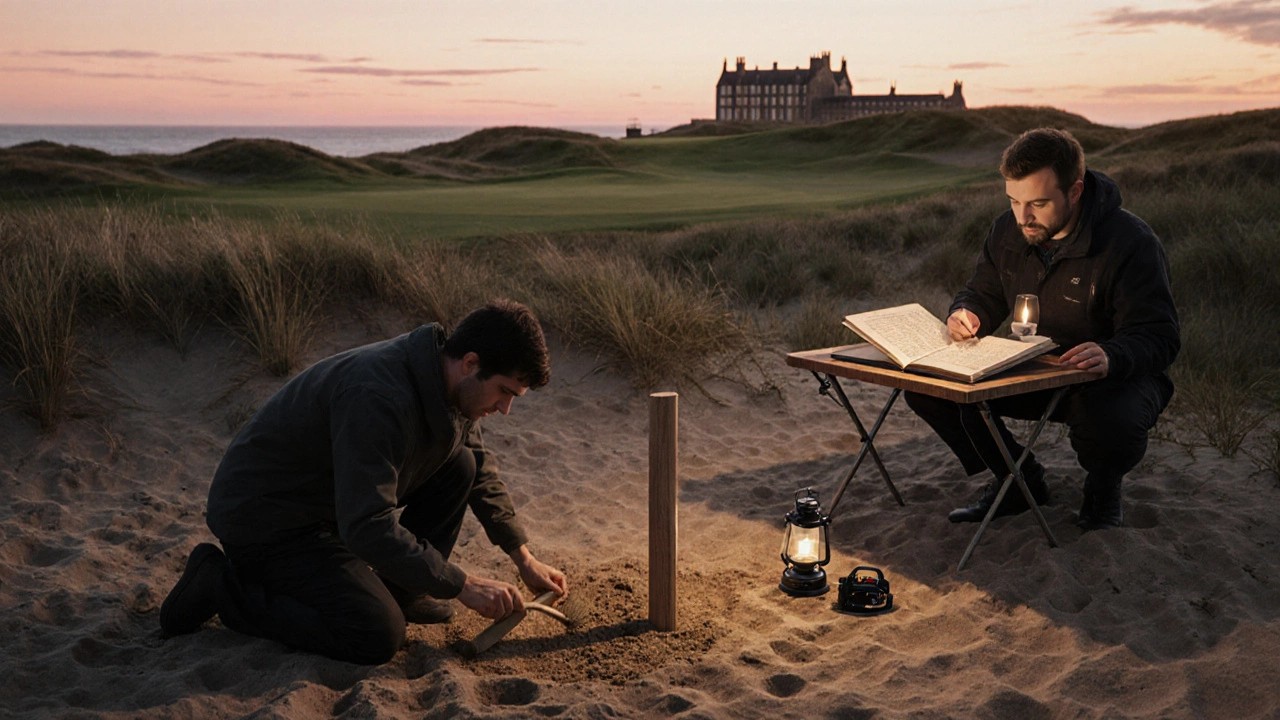
Musselburgh Golf Club - the underdog with a strong case
Musselburgh Golf Club is situated just east of Edinburgh and claims a founding date of 1672, backed by parish records that mention a “golf green” in the town. The club’s original nine‑hole layout survived until 1891, when it expanded to 18 holes and renamed itself the Musselburgh Links. Unlike St Andrews, Musselburgh kept the same parcel of land in continuous use for golf, which strengthens its argument on the "continuous operation" front.
The other historic players
Royal and Ancient Golf Club of St Andrews (R&A) is the governing body that codified many of the rules used today. Its archives house early scorecards, correspondence, and the famous 1754 minutes that formalised the first written rules of golf.
Golf is a sport that originated in Scotland during the Middle Ages. Early forms involved hitting a pebble with a stick along a natural stretch of sand dunes, called a "link."
Links are coastal, sandy courses that rely on natural terrain rather than heavy landscaping. Both St Andrews and Musselburgh sit on classic links ground, which is why they’re often cited in the definition of a "true" golf course.
Scottish Golf History encompasses the evolution from medieval pastime to organized sport, including the rise of clubs, the spread of the game to England, and eventually the British Empire.
Golf Course Preservation is a modern movement that protects historic fairways, dunes, and clubhouse architecture from development. Both St Andrews and Musselburgh benefit from national heritage grants that keep the original ground intact.
The Scots have been playing golf for centuries, with early references in the 1447 Act of Parliament that prohibited “playing at golf” on Sundays to encourage Sabbath observance.
How historians verify age
Researchers combine three main sources:
- Documentary evidence: Charters, parish records, and royal decrees that mention a location by name.
- Archaeological clues: Old tee markers, rudimentary holes, and turf analysis that date back to the 1500s.
- Continuous club minutes: Logbooks that show uninterrupted membership and course maintenance.
For St Andrews, the 1552 charter is the earliest clear document. For Musselburgh, the 1672 parish notation is the first mention, but the club’s own minute books prove uninterrupted play.
Side‑by‑side comparison
| Attribute | St Andrews Links (Old Course) | Musselburgh Golf Club |
|---|---|---|
| First documented play | 1552 charter (King James V) | 1672 parish record |
| Year club formally formed | 1754 (Royal & Ancient Golf Club) | 1672 (Musselburgh Golf Club) |
| Continuous operation | Yes - public play never stopped | Yes - same land used since 1672 |
| Current layout | 18 holes, 7,305 yards, par72 | 18 holes, 6,325 yards, par71 |
| Annual visitors (2023) | ≈250,000 tourists | ≈75,000 tourists |
| Signature tournament | The Open Championship (rotates) | Musselburgh Open (local pro‑am) |

Visiting today - what to expect
If you plan a trip, here’s what each site offers:
- St Andrews: Guided walking tours, a museum that displays 18th‑century clubs, and the chance to tee off on the Old Course (by lottery).
- Musselburgh: A more intimate setting, a historic clubhouse dating to 1885, and a “Heritage Day” where you can play the original 9‑hole layout.
Both courses are free to walk, but you’ll need a tee‑time if you want to hit balls.
Fun tidbits that often surprise people
- The Old Course at St Andrews still uses the famous “Double Diamond” bunkers, a design introduced in the 19thcentury and unchanged since.
- Musselburgh once hosted a 19‑hole match in 1865, a novelty that pre‑dated the 18‑hole standard.
- In 2018, archaeologists uncovered a wooden tee‑marker at St Andrews that dates to the 1600s, confirming early use of the exact spot.
- The term "golf" may derive from the Dutch word “kolf,” but the Scots popularized the spelling we use today.
Bottom line
Both St Andrews Links and Musselburgh Golf Club make convincing cases for being the world’s oldest course. St Andrews leans on the earliest documentary evidence, while Musselburgh boasts an uninterrupted club history on the same ground. The answer ultimately depends on which definition of “oldest” you value most.
Frequently Asked Questions
Which course is officially recognized as the oldest?
There is no single official body that crowns one course. Golf historians usually cite St Andrews for its 1552 charter and Musselburgh for its continuous club records from 1672.
Can I play on the original layout at either course?
St Andrews offers a limited lottery for the Old Course; Musselburgh runs a Heritage Day where the historic 9‑hole layout is opened to members and guests.
What makes a "links" course different from other types?
Links courses sit on coastal sand dunes, have minimal tree cover, and rely on natural terrain for challenges. This contrasts with parkland courses that are heavily landscaped.
How do historians date a golf course with limited records?
They triangulate charter documents, parish registers, archaeological findings, and continuous club minutes. When these sources align, the date is considered reliable.
Is there a chance another course could claim the title in the future?
Yes. New research on older Scottish or even Irish records could surface earlier mentions, shifting the debate again.
